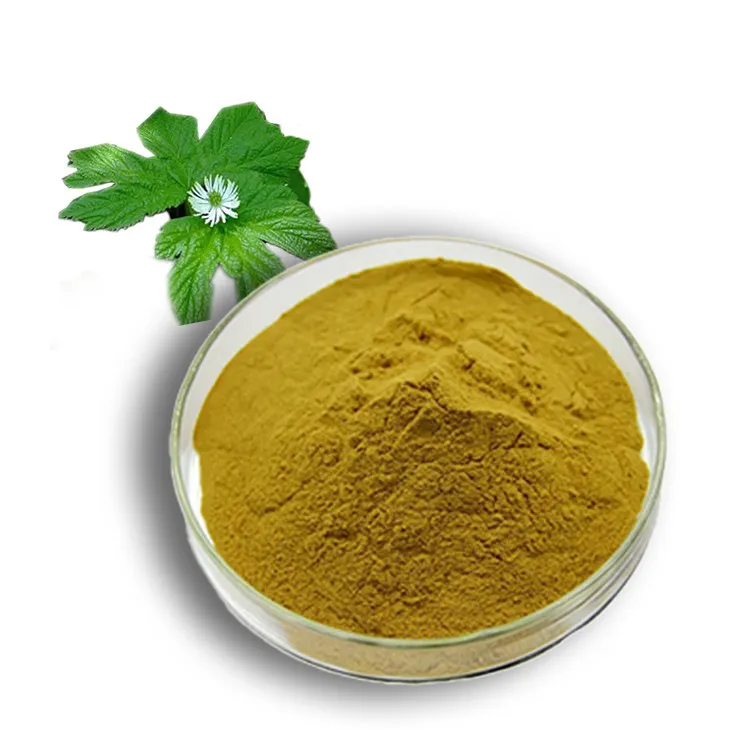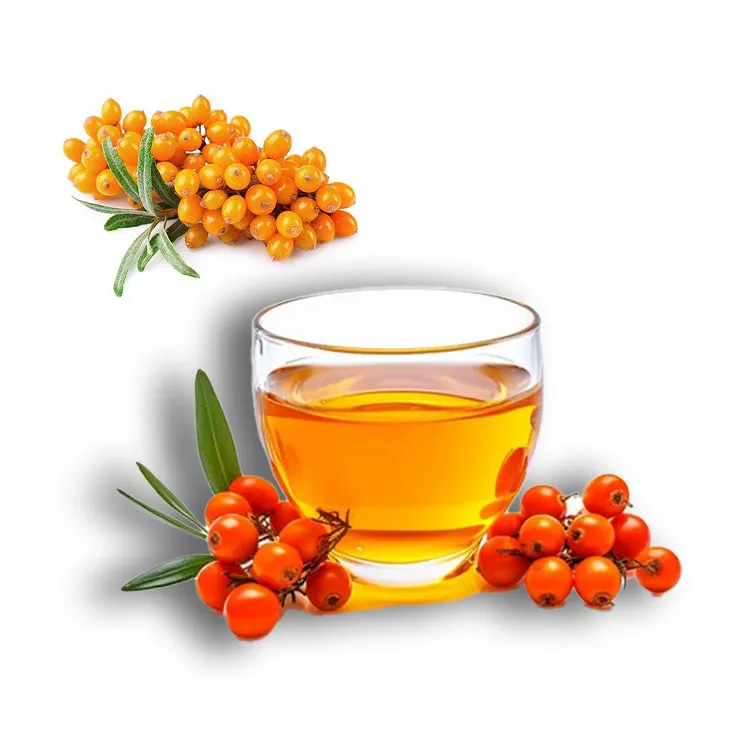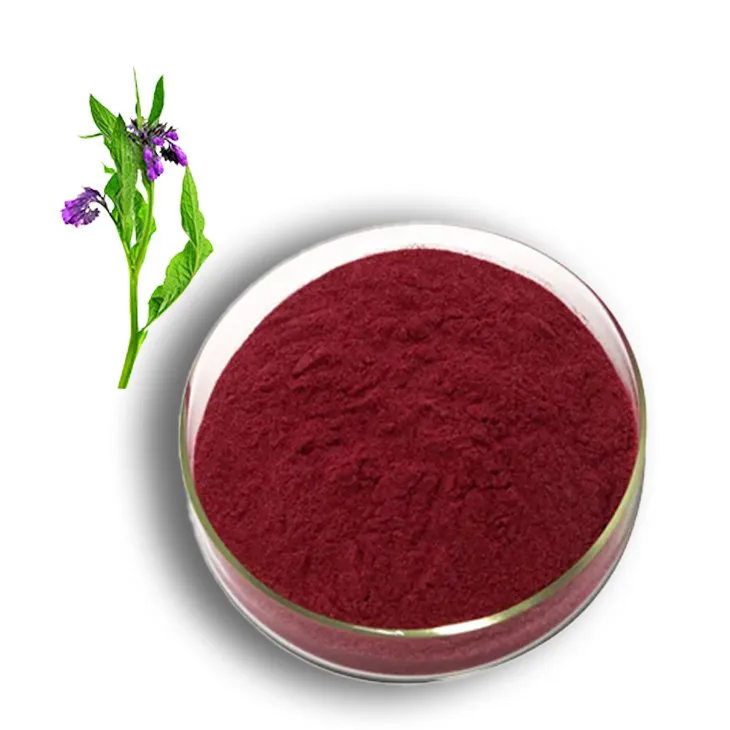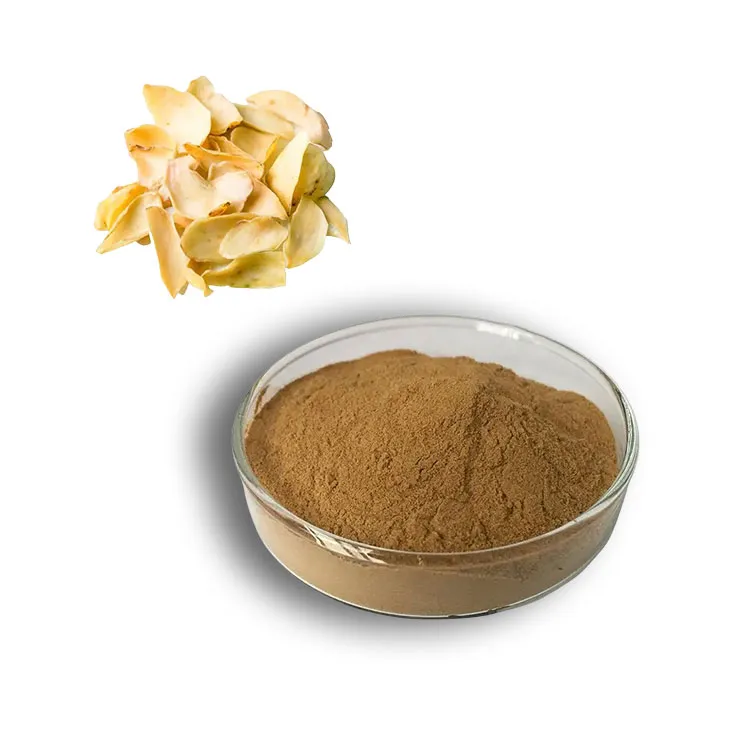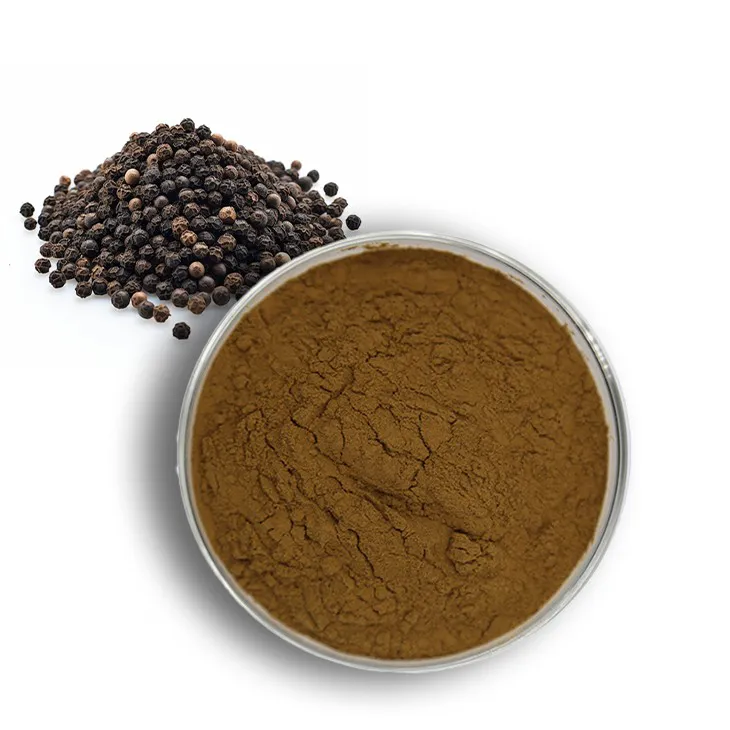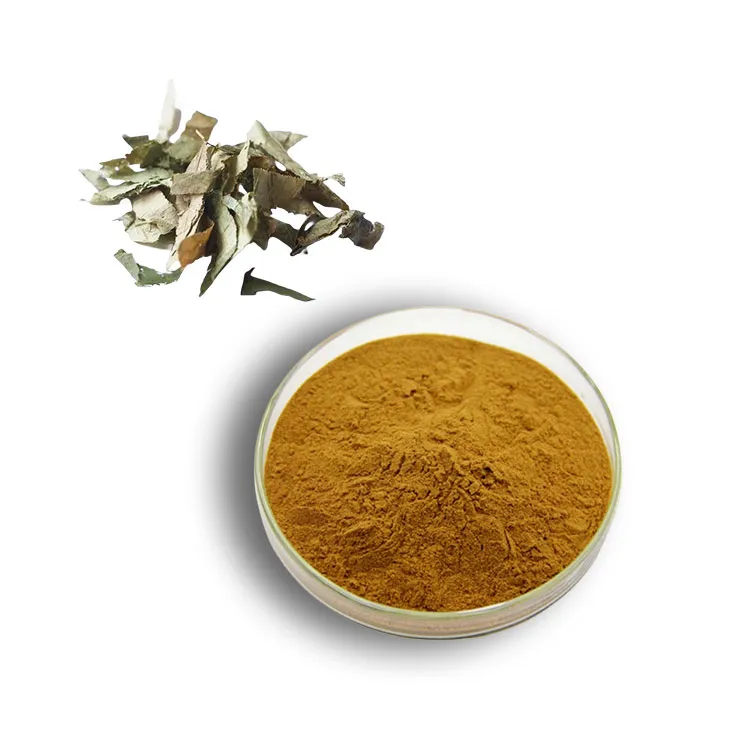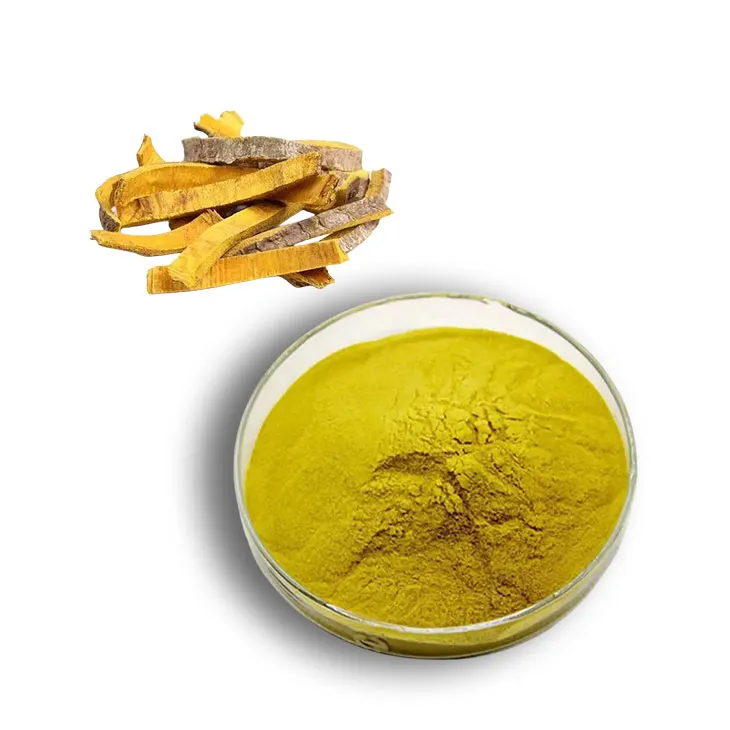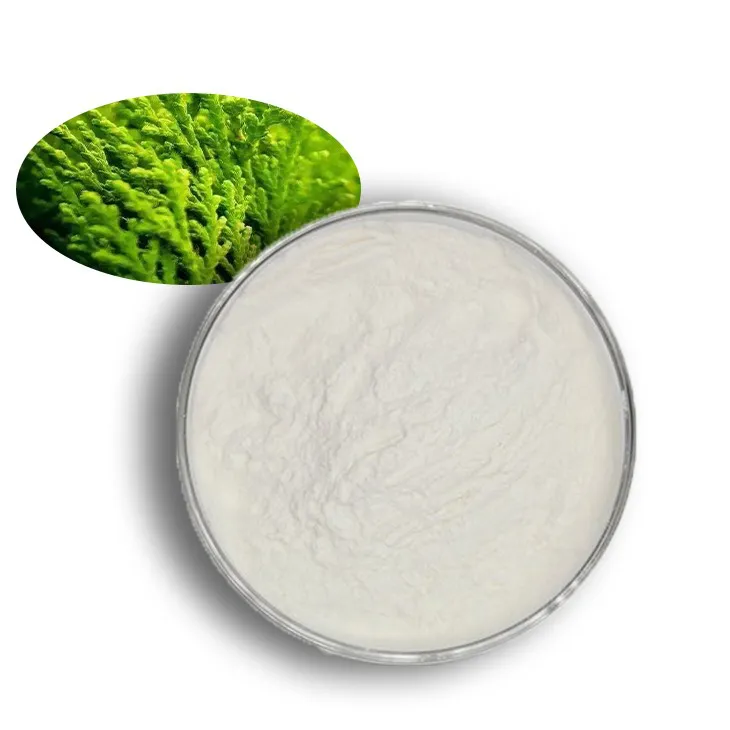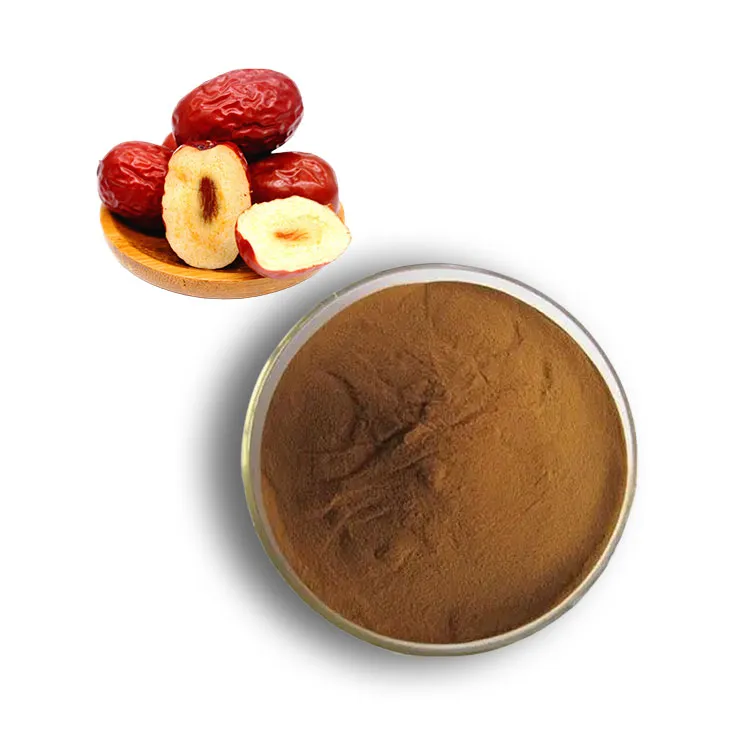- 0086-571-85302990
- sales@greenskybio.com
Chia Seeds: A Potential Ally in Managing High Blood Pressure
2025-08-31
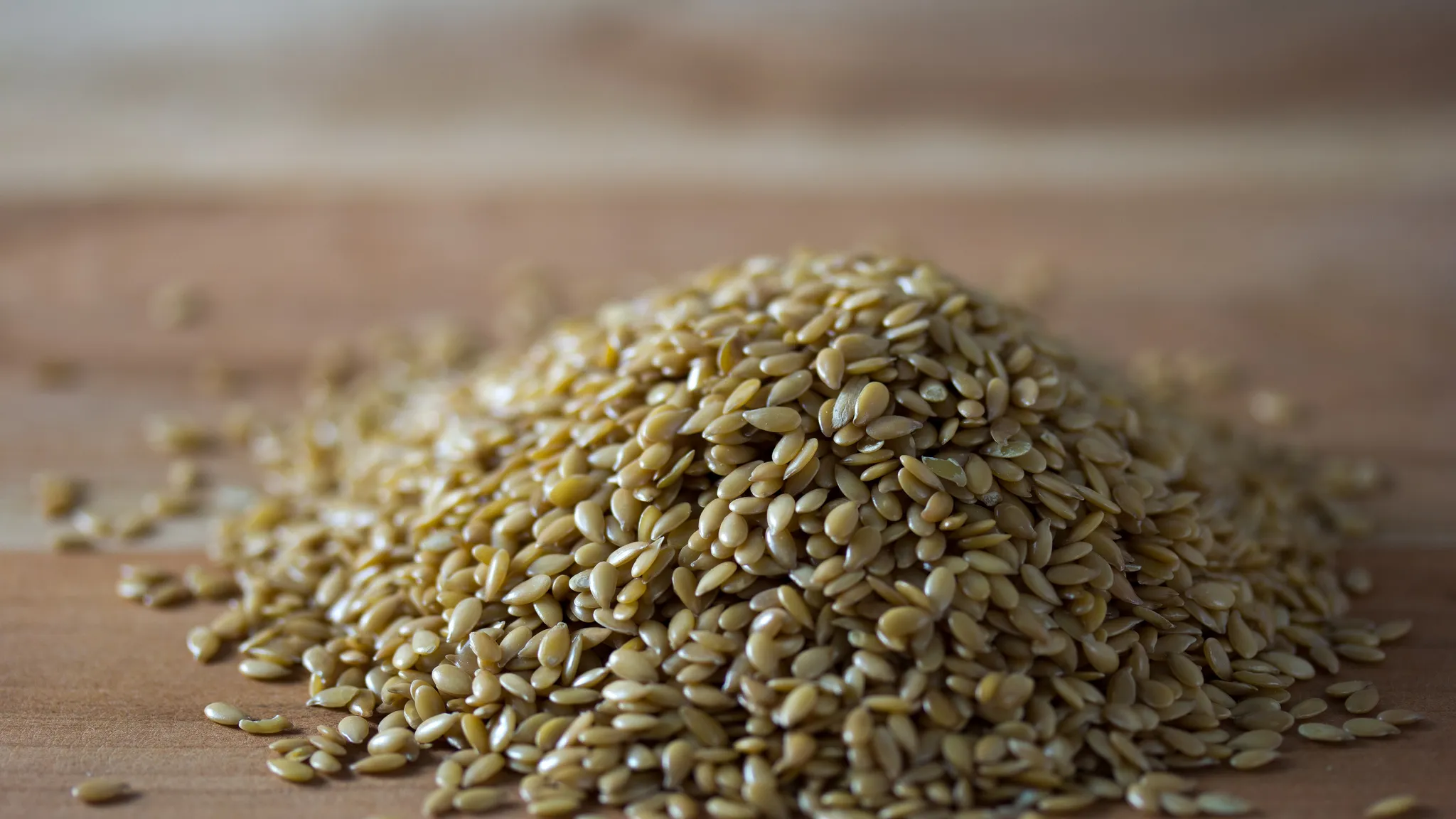
More than 45% of American adults struggle with high blood pressure, also known as hypertension. Chia seeds are emerging as a simple yet effective dietary addition to help lower blood pressure while offering numerous health benefits.
Effectiveness of Chia Seeds on Blood Pressure
Chia seeds may contribute to reduced blood pressure levels, specifically lowering both systolic (SBP) and diastolic (DBP) pressures. Research indicates a regular intake of chia seeds can lower DBP by approximately 6 to 7 mmHg. While the impact on SBP shows varied results, some studies noted that consuming one tablespoon daily for up to 24 weeks resulted in a modest reduction in SBP. However, these improvements were not deemed clinically significant. Other findings suggest a 5 to 7 mmHg decrease in SBP, particularly in individuals with baseline SBP below 140 mmHg. Lowering SBP by such margins could improve overall blood pressure control and reduce heart disease risks.
Understanding Blood Pressure
Normal blood pressure is defined as having an SBP of 120 mmHg or less and a DBP of 80 mmHg or less. High blood pressure is characterized by an SBP of 130 mmHg or higher, or a DBP of 80 mmHg or higher.
Chia Seed Nutrition
Chia seeds are nutritionally dense, with two tablespoons offering:
- 138 calories
- 4.5 grams of protein
- 8.5 grams of fat (1 gram saturated, 7 grams unsaturated)
- 12 grams of carbohydrates
- 10 grams of fiber (45% of the daily value)
- Key minerals including selenium, iron, calcium, and zinc
The fiber, calcium, unsaturated fats, and plant-based proteins in chia seeds contribute to their potential benefits in managing blood pressure.
How Chia Seeds Influence Blood Pressure
The nutritional components of chia seeds, including fiber, omega-3 fatty acids, and bioactive peptides, play a role in regulating the angiotensin-converting enzyme, which is crucial for controlling blood pressure.
Incorporating Chia Seeds for Blood Pressure Management
Adding 15 to 30 grams (1 to 2 tablespoons) of chia seeds to your daily routine can help manage blood pressure. Research suggests consistent daily consumption over two to six months yields improvements.
Precautions
Chia seeds should be avoided by those with allergies to them. Eating dry chia seeds without liquid can pose a choking risk, so soaking them for at least 30 minutes is advised. Extra caution is recommended for young children, individuals with swallowing difficulties, or those with esophageal strictures.
Tips for Eating Chia Seeds
Chia seeds are versatile and easy to incorporate into meals, enhancing both nutrition and texture. Here are some ideas:
- Soak them in water for better usability.
- Mix them into overnight oats or create chia pudding.
- Blend into smoothies or sprinkle over salads and bowls.
- Stir into yogurt or use as a thickener in various dishes.
- Substitute chia seeds for breadcrumbs or as an egg replacement in baking.
- Ensure to drink extra water, as chia seeds absorb substantial fluid.
Incorporating chia seeds into your diet can be a simple and healthful way to address high blood pressure and boost overall nutrition.
- ▶ Hesperidin
- ▶ Citrus Bioflavonoids
- ▶ Plant Extract
- ▶ lycopene
- ▶ Diosmin
- ▶ Grape seed extract
- ▶ Sea buckthorn Juice Powder
- ▶ Fruit Juice Powder
- ▶ Hops Extract
- ▶ Artichoke Extract
- ▶ Mushroom extract
- ▶ Astaxanthin
- ▶ Green Tea Extract
- ▶ Curcumin
- ▶ Horse Chestnut Extract
- ▶ Other Product
- ▶ Boswellia Serrata Extract
- ▶ Resveratrol
- ▶ Marigold Extract
- ▶ Grape Leaf Extract
- ▶ New Product
- ▶ Aminolevulinic acid
- ▶ Cranberry Extract
- ▶ Red Yeast Rice
- ▶ Red Wine Extract
-
Golden Seal Extract
2025-08-31
-
Sea buckthorn oil
2025-08-31
-
Shikone Extract
2025-08-31
-
Lily extract
2025-08-31
-
Black Pepper Extract
2025-08-31
-
Epimedium extract powder
2025-08-31
-
Phellodendron Extract
2025-08-31
-
Carrageenan Extract Powder
2025-08-31
-
Europen Bilberry Extract
2025-08-31
-
Red Date Extract
2025-08-31











